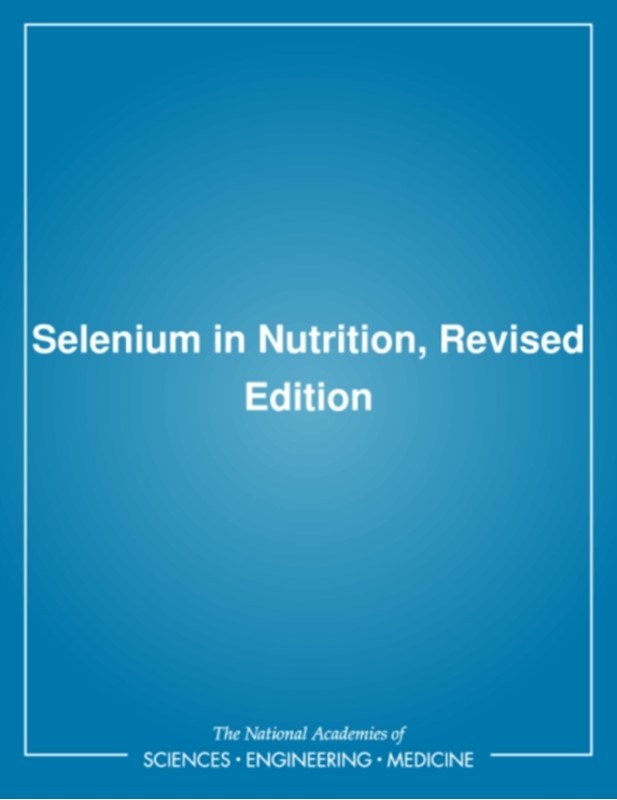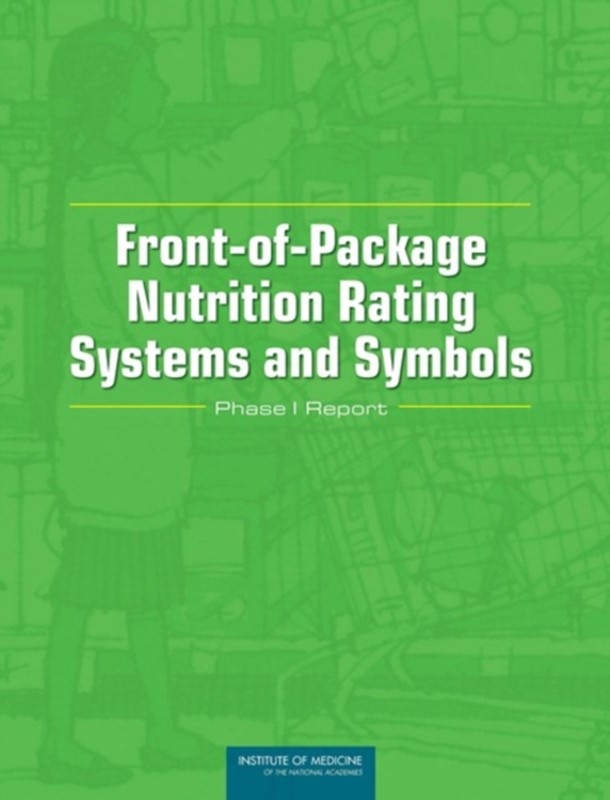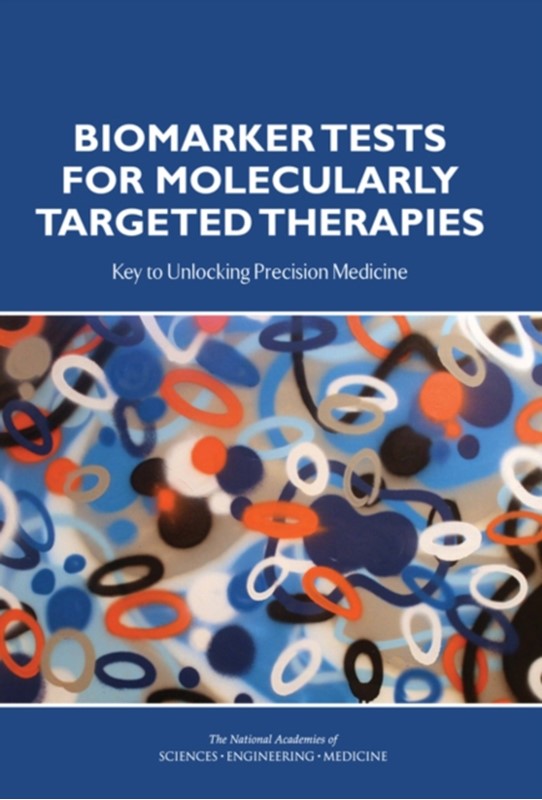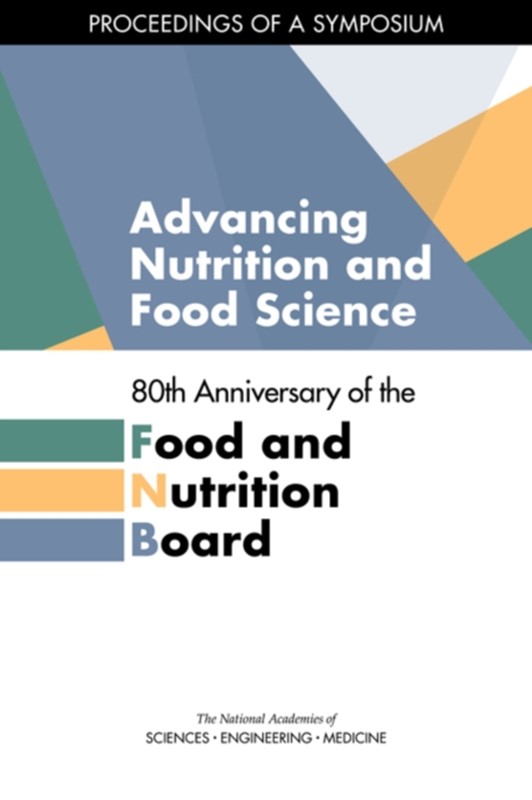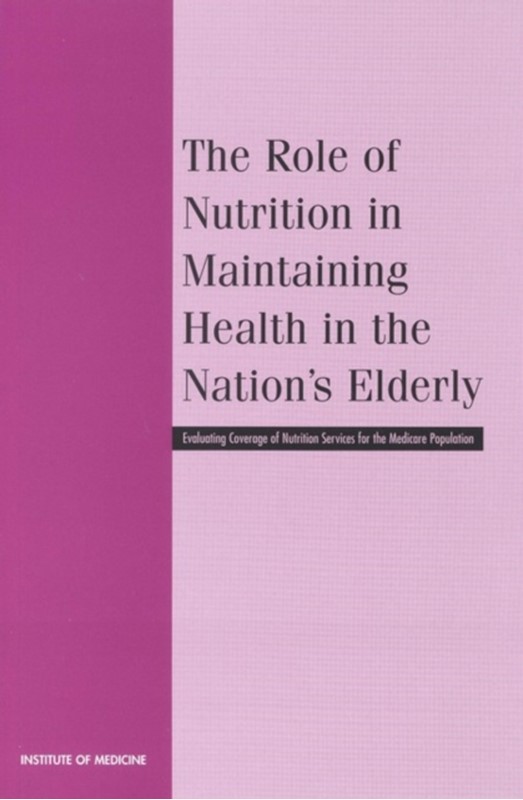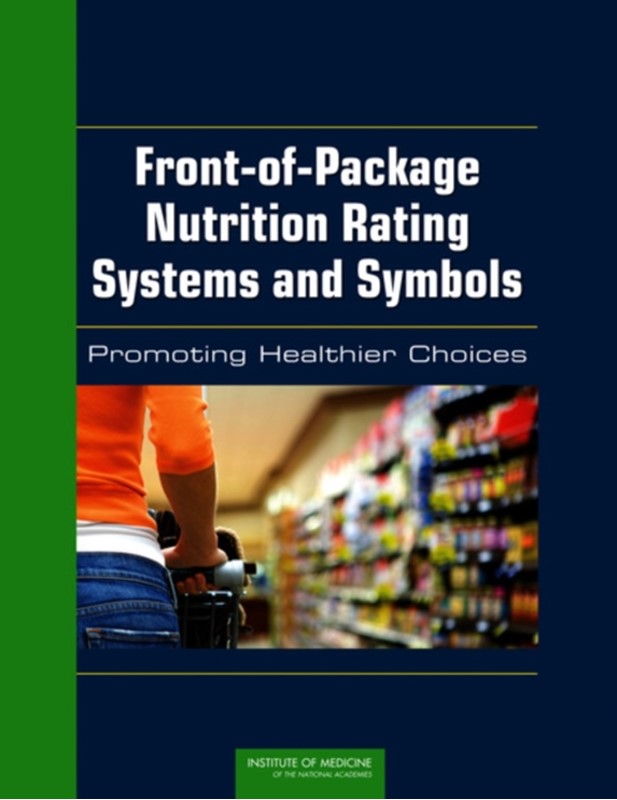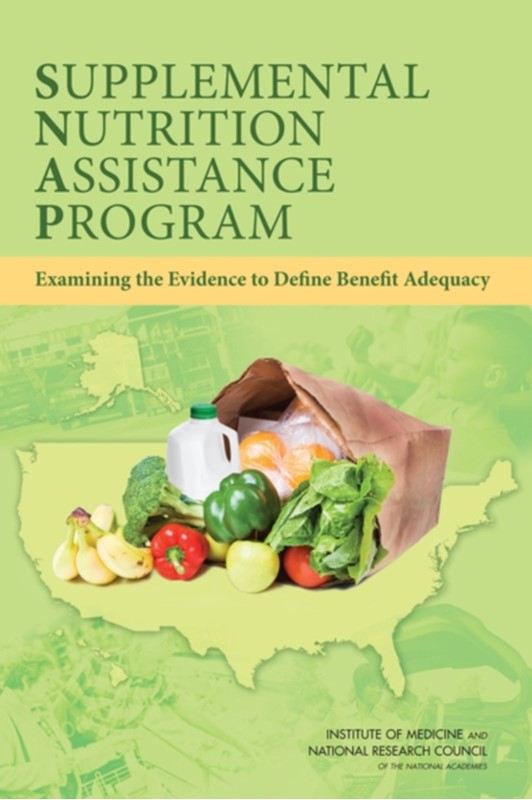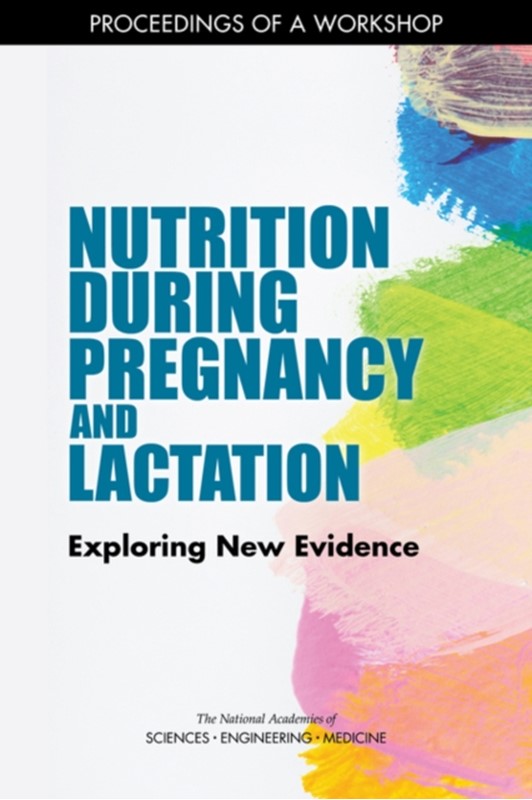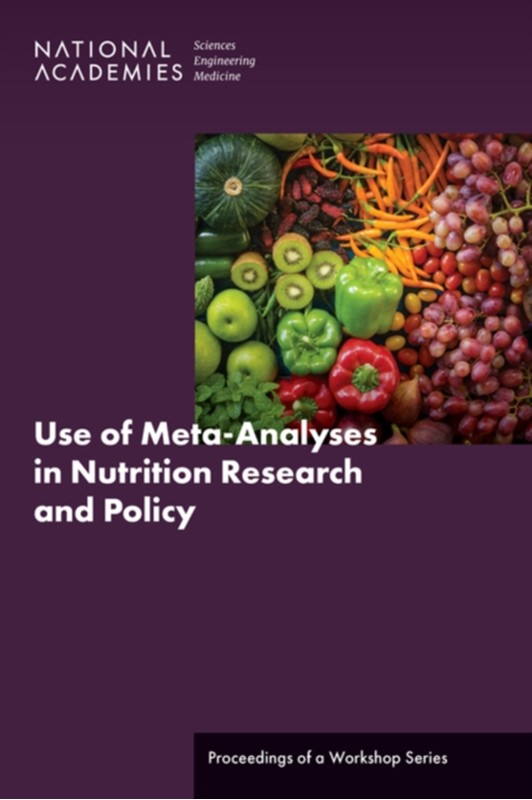School Meals - Food And Nutrition Board - Bog - National Academies Press - Plusbog.dk
Ensuring that the food provided to children in schools is consistent with current dietary recommendations is an important national focus. Various laws and regulations govern the operation of school meal programs. In 1995, Nutrition Standards and Meal Requirements were put in place to ensure that all meals offered would be high in nutritional quality. School Meals reviews and provides recommendations to update the nutrition standard and the meal requirements for the National School Breakfast and Lunch Programs. The recommendations reflect new developments in nutrition science, increase the availability of key food groups in the school meal programs, and allow these programs to better meet the nutritional needs of children, foster healthy eating habits, and safeguard children's health. School Meals sets standards for menu planning that focus on food groups, calories, saturated fat, and sodium and that incorporate Dietary Guidelines for Americans and the Dietary Reference Intakes. This book will be used as a guide for school food authorities, food producers, policy leaders, state/local governments, and parents. Table of ContentsFront MatterSummary1 Introduction and Background2 Foundation for Revising Nutrition Standards and Meal Requirements3 Schoolchildren's Food and Nutrient Intakes and Related Health Concerns4 Process for Developing the Nutrient Targets5 Process for Developing the Meal Requirements6 Iterations - Achieving the Best Balance of Nutrition, Student Acceptance, Practicality, and Cost7 Recommendations for Nutrient Targets and Meal Requirements for School Meals8 Food Cost Implications and Market Effects9 Projected Impact of the Recommended Nutrient Targets and Meal Requirements10 Implementation, Evaluation, and Research11 ReferencesAppendix A: Acronyms, Abbreviations, and GlossaryAppendix B: Biographical Sketches of Committee MembersAppendix C: Critical Issues for Consideration by the Committee on Nutrition Standards for National School Lunch and Breakfast Programs, as Submitted by the U.S. Department of AgricultureAppendix D: January 2009 Workshop Agenda and Summary of Public CommentsAppendix E: Standards for the Current Food- and Nutrient-Based Menu Planning ApproachesAppendix F: Data Used to Calculate Estimated Energy RequirementsAppendix G: Data Tables Containing Examples of New SNDA-III AnalysesAppendix H: Uses of MyPyramid Food Groups and the MyPyramid SpreadsheetAppendix I: Dietary Intake Data and Calculation of the Target Median Intake for IronAppendix J: Target Median Intake (TMI) TablesAppendix K: Use of the School Meals Menu Analysis ProgramAppendix L: Baseline MenusAppendix M: Sample MenusAppendix N: Evidence Considered Related to the Definition for Whole Grain-Rich FoodsAppendix O: Comparison of Recommended Nutrient Targets to Various Nutrition Standards for School-Aged ChildrenAppendix P: Comparison of *Dietary Guidelines for Americans* with Recommended Meal RequirementsAppendix Q: Regulations Related to the Sodium Content of Foods Labeled "Healthy"
